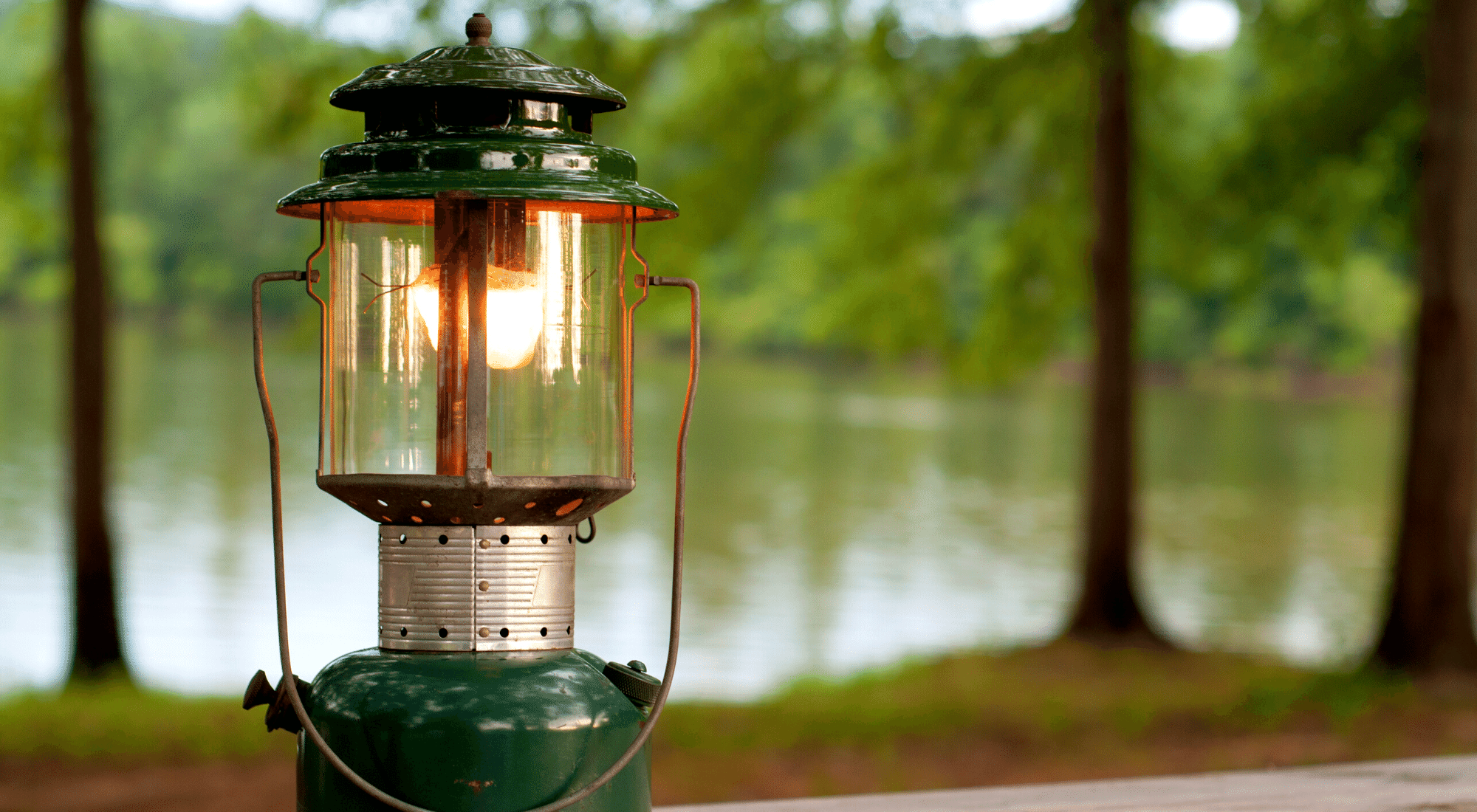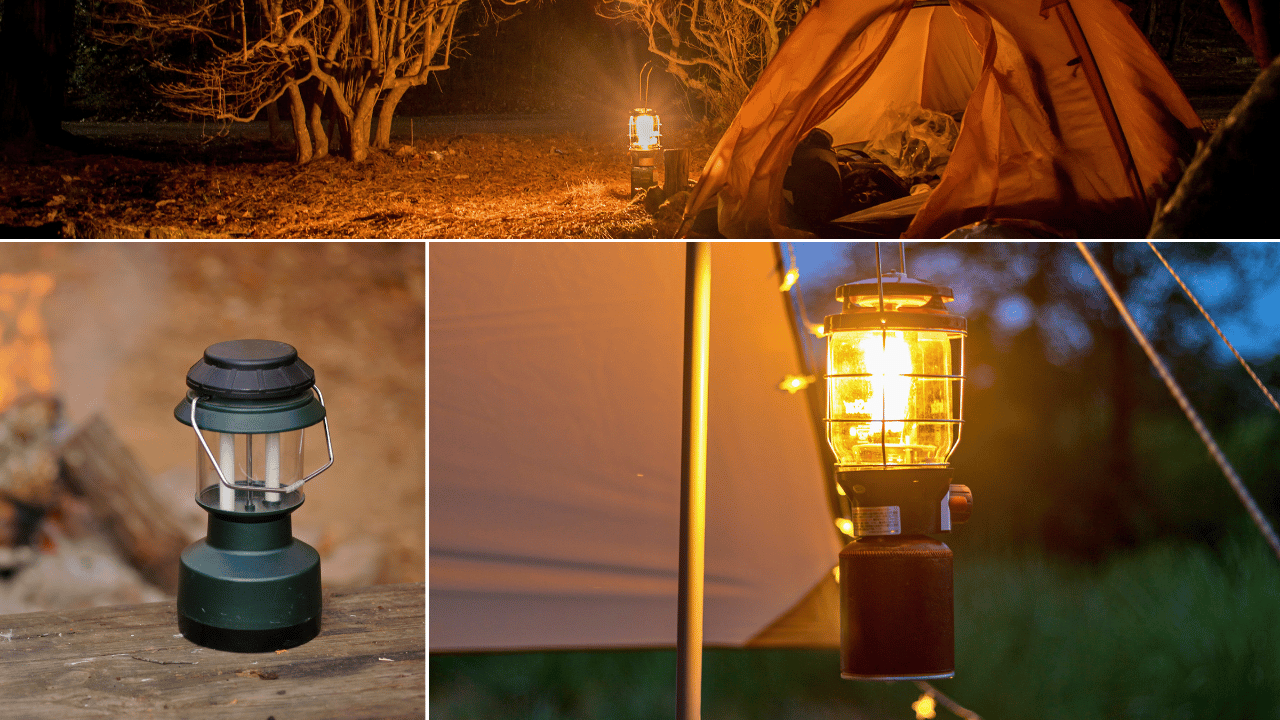How To Charge Rechargeable Camping Lantern: The Traveler’s Guide
We’re here to guide you on how to charge your rechargeable camping lantern efficiently and in travel-friendly ways—without losing your cool.
Picture this—you’re deep in the heart of the wilderness, surrounded by the hum of nature, with your trusty rechargeable camping lantern lighting up your cozy campsite. These versatile lights offer adjustable brightness, emergency signaling, and multiple power supply options, making them the unsung heroes of outdoor adventures. They keep darkness at bay while you share stories, roast marshmallows, or maybe even consult a map using their handy built-in compass. But what happens when that glowing beacon starts to dim? Fear not, fellow traveler! We’re here to guide you on how to charge your rechargeable camping lantern efficiently and in travel-friendly ways—without losing your cool.
Choosing the Right Lantern
When selecting a lantern for your outdoor activities, there are several factors to consider to ensure you get the best fit for your needs. First, think about the type of activities you’ll be using the lantern for. If you’re planning on camping, hiking, or fishing, look for a lantern with a high brightness rating and a long battery life to keep your adventures well-lit. For emergency situations, consider a lantern with a red mode or SOS feature to signal for help.
Next, consider the power source. Rechargeable batteries are a fantastic option as they can be reused multiple times, making them both cost-effective and environmentally friendly. Look for a lantern with a USB port or USB cable for easy recharging. Some models even come with a power bank feature, allowing you to charge your phone or other devices on the go, adding an extra layer of convenience.
Finally, think about the size and weight of the lantern. If you’ll be carrying it on long hikes or backpacking trips, opt for a lightweight option with an integrated carabiner for easy attachment to your pack. This ensures that your lantern is always within reach without adding unnecessary bulk to your gear.
Understanding Rechargeable Batteries
Rechargeable batteries are a great choice for lanterns, offering the dual benefits of reusability and environmental friendliness. There are several types of rechargeable batteries available, including nickel-cadmium (Ni-Cd), nickel-metal hydride (NiMH), and lithium-ion (Li-ion). Among these, lithium-ion batteries are the most commonly used in lanterns due to their high energy density and long cycle life.
When using rechargeable batteries, it’s crucial to follow proper charging and maintenance procedures. Always charge your batteries according to the manufacturer’s instructions to avoid overcharging or deep discharging, which can shorten their lifespan. Additionally, store your batteries properly when not in use, ideally in a cool, dry place, to help extend their longevity and ensure they’re ready when you need them.
Plug It Up, Power It Up
When it comes to powering up your camping lantern, knowledge of its battery type and charging options is your main survival tool. Most modern lanterns are powered by either batteries or a built-in rechargeable option, providing versatility and convenience for outdoor activities like camping and hiking. They often include a USB port, allowing you to plug in a USB cable for effortless recharging. Whether you’re at home, in your car, or on the move, simply attach the cable, press the power button, and watch your lantern breathe back to life. Keep a keen eye on the battery indicator (if available), so you know when it’s fully charged. A common note—avoid overcharging as it could impact long-term performance or durability.
Power Bank to the Rescue
Outdoorsy souls know the importance of a reliable power bank. This nifty device is a must-carry in your backpack, especially when you’re far away from modern amenities. With the right compatible voltage, these portable chargers can provide a complete charge to your lantern, ensuring it’s ready for a long night of use. Pairing a power bank with a rechargeable battery offers even more flexibility and convenience. Your run time is safe, even if your campsite doesn’t boast a power outlet. Tested and true, a power bank is not just for your phone, but a lifesaver for your lantern in sticky situations.
Charging On-the-Go
Here comes the fun part—charging while on the move! Never underestimate the versatility of your vehicle. Your car is your mobile charging station during road trips. Using your car’s USB port, you can give your lantern a quick boost while you rest or explore nearby trails. However, don’t forget to monitor the voltage of your devices to ensure compatibility, or you might run into technical hiccups.
Another unconventional but highly resourceful method is the use of a portable generator! While they may sound heavy duty, travel-sized generators are lightweight and make great camping companions, especially for extended trips. Plus, they’re ideal for giving your lantern that essential max brightness. Alternatively, you can use D size batteries as an additional power source, ensuring you don't have to worry about power outages.
How Long Does It Take?
The time it takes for your lantern to reach a full charge depends on a few factors, such as battery size, charging method, and model specifications. Typically, most camping lanterns take several hours to juice up completely. Some even come with a bright light indicator or a red charging mode that switches off or changes color when it’s charged—making this process a worry-free task for the detail-oriented adventurer.
Prepping for the Trip
There’s no worse feeling than being unprepared, especially if your lantern runs low on power halfway through your trip. To avoid this, make sure your device is fully charged before you hit the wilderness. Keep all the necessary Accessories—such as USB cables or power banks—ready in your camping bag. A carabiner-style lantern, which can be easily attached to your bag, is a great choice for portability.
If your lantern uses AA batteries or a similar type, carry spares in a weather-resistant case. This is especially helpful in weather conditions where electricity isn’t accessible. A balance between preparedness and weight considerations can help you pack smartly and avoid unnecessary stress.
Lantern Operation and Safety
Operating your lantern safely is paramount to enjoying your outdoor adventures without any hitches. Always start by reading the manufacturer’s instructions to familiarize yourself with the lantern’s features and proper usage. Many lanterns come with multiple modes, including a red mode or SOS feature, which can be crucial in emergency situations. Make sure you know how to access these modes quickly and efficiently.
When handling the lantern, be cautious not to touch hot surfaces or electrical components. Place the lantern on a stable surface away from flammable materials to prevent accidents. If you’re using the lantern inside a tent or any enclosed space, ensure there is adequate ventilation to avoid the buildup of carbon monoxide, which can be dangerous.
Troubleshooting and Maintenance
If you encounter issues with your lantern, there are several troubleshooting steps you can take to get it back in working order. First, check the battery level to ensure it’s fully charged. If the battery is low, recharge it according to the manufacturer’s instructions.
If the lantern isn’t turning on, inspect the power button to ensure it’s functioning correctly. For issues with the light, check the LED or bulb for any damage. If the lantern is producing a dim or flickering light, try adjusting the brightness setting or replacing the battery.
To maintain your lantern and extend its lifespan, clean it regularly and store it properly when not in use. Avoid exposing the lantern to extreme temperatures or moisture, and always follow the manufacturer’s instructions for charging and maintenance. This will help keep your lantern in top condition, ready to light up your next adventure.
Features Worth Considering
When buying a rechargeable LED camping lantern, always review its features to see if it truly fits your needs. Look for reliable run time, ease of charging, brightness levels, and accessibility in multiple situations like hiking or fishing. Some lanterns even have a built-in compass, making navigation at night a breeze.
Pro Tip: Read product reviews to gather functional insights. If a model has been thoroughly tested by outdoor enthusiasts, it’s more likely to withstand rough conditions and be suitable for your adventures. Lightweight lanterns that are easy to hang around your campsite are especially helpful to illuminate specific areas.
The Price and Warranty Debate
Before you make your purchase, it’s worth evaluating the price of your preferred lantern. Is it durable and compatible with a range of charging options? Check if it comes with a warranty so you’re covered in case of any technical issues. This way, you know you’re investing in practicality and peace of mind.
Witty and Bright Takeaways
- If there’s only one thing to begin planning for your outdoor trips, it’s ensuring that you’re sufficiently equipped to keep your camping lantern running optimally.
- Follow instructions, stay organized, and don’t be fooled by careless habits (charging it right matters!).
- Remember, a lantern running low on charge is simply a decorative paperweight—don't say we didn’t warn you.
- From warm light modes to hard-hitting max brightness, enjoy the range of lighting options your device offers while savoring every moment in the great outdoors.
By now, you should feel prepared with all the detailed essentials to master the art of charging your rechargeable lantern while on the go. Illuminate your path, light up your world, and never worry about a dim campsite again!





